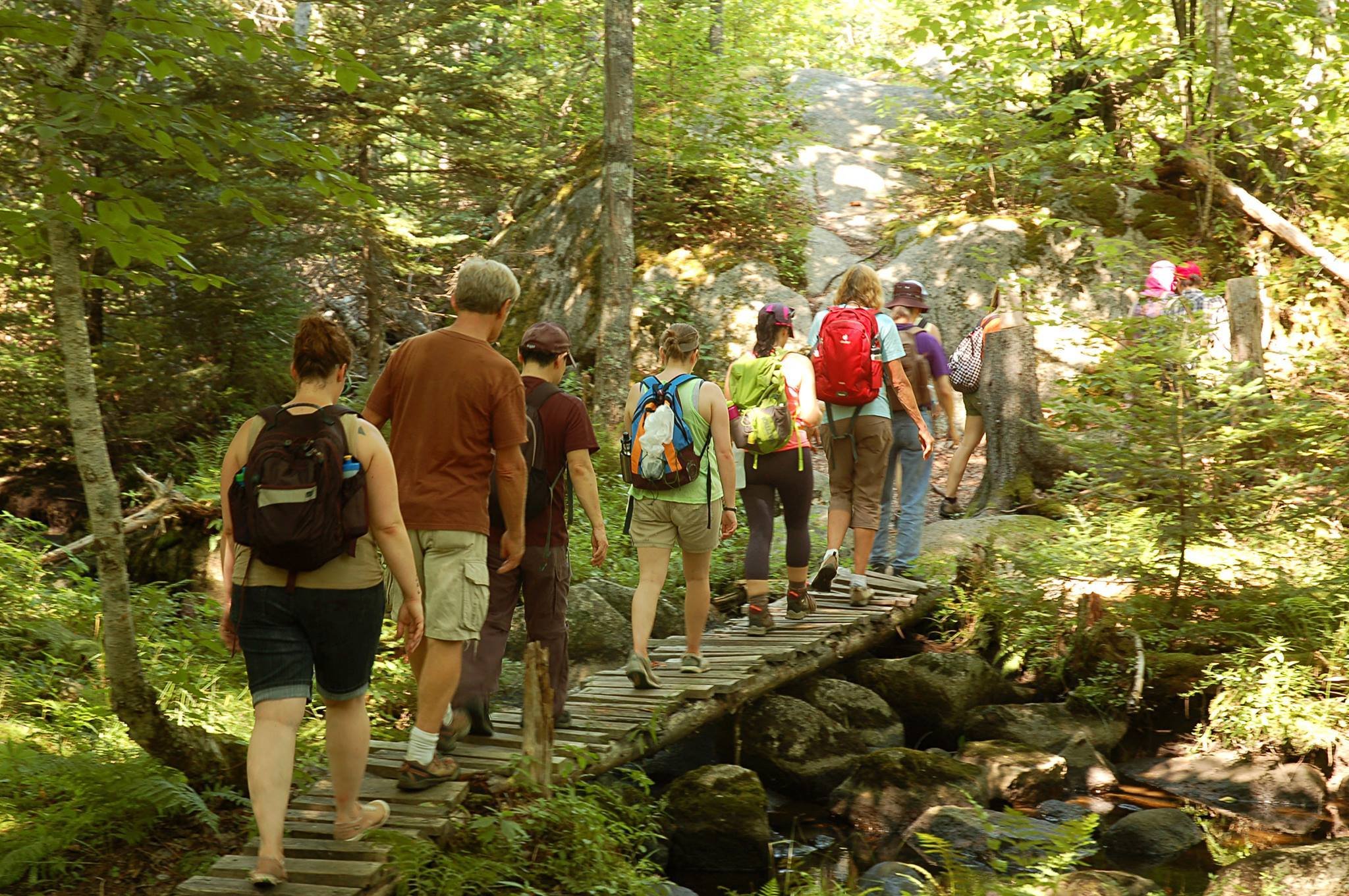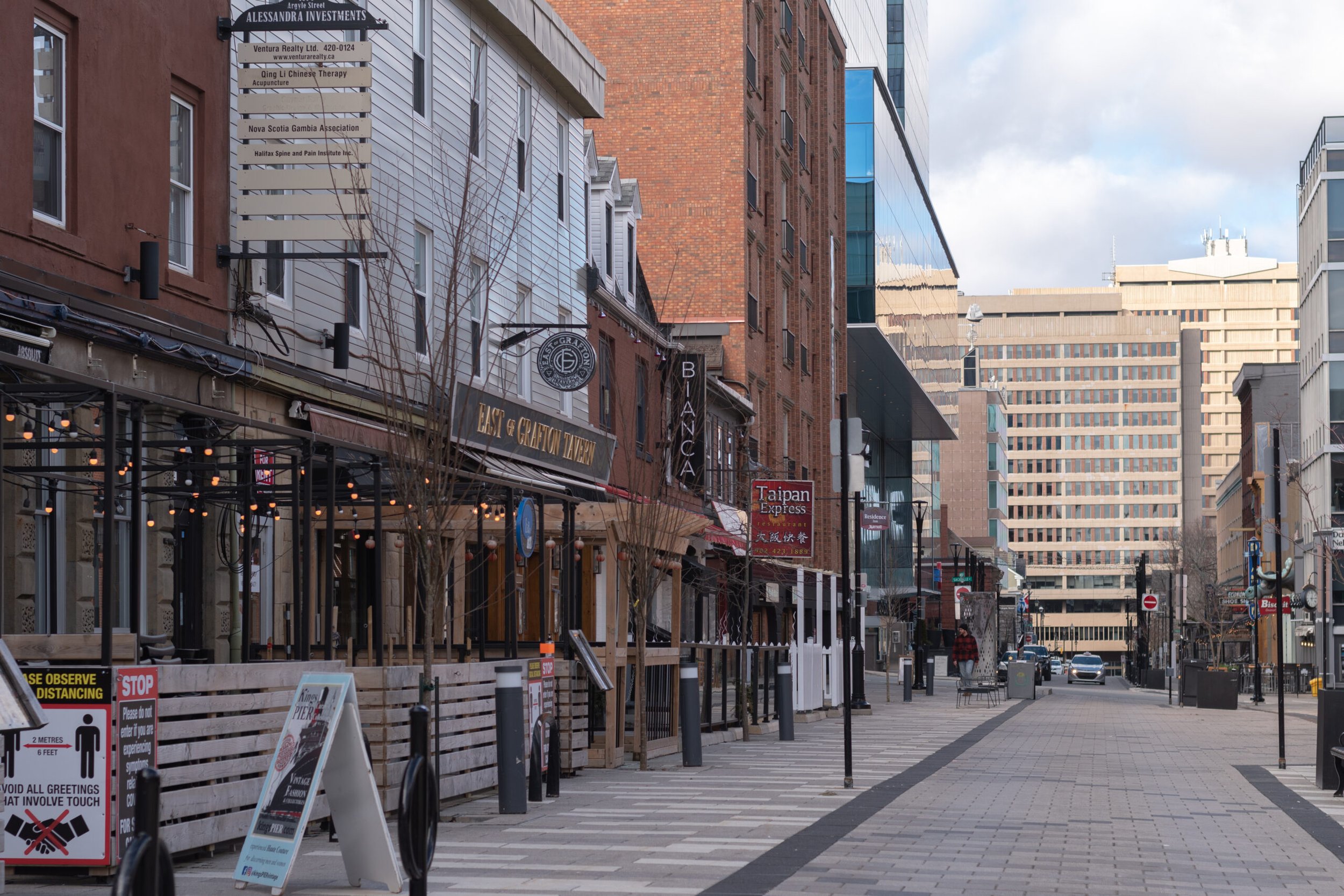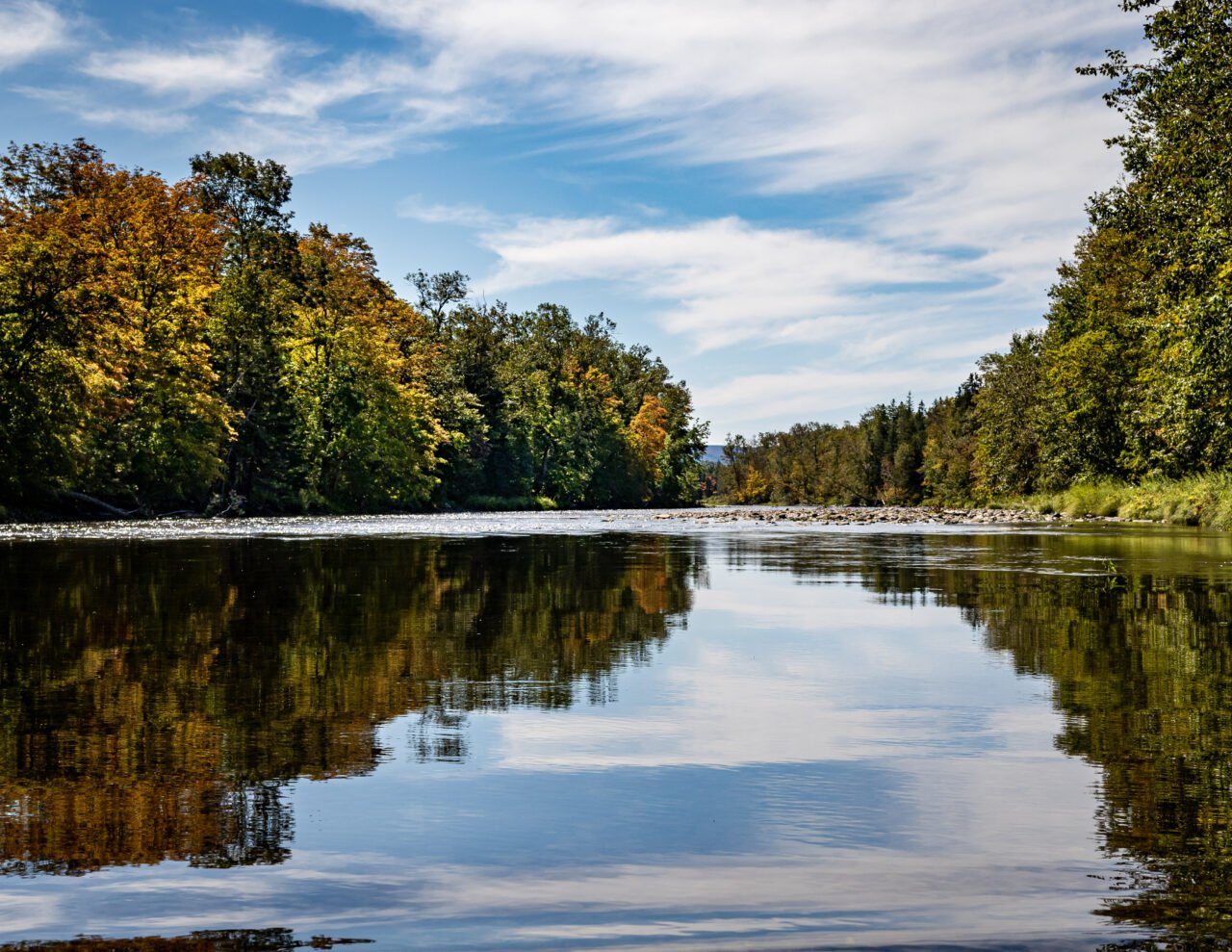
The Halifax Green Network
Advocating for the protection of parks and valuable green spaces
What is the Halifax green network?
The Halifax green network is a system of parks, corridors, and green spaces in suburban HRM that support biodiversity, provide habitat connectivity, and offer recreational opportunities.
What’s the difference between a Greenbelt and the Green Network?
A greenbelt is an area of open land, often surrounding urban areas, that is legally protected from development to preserve natural spaces, and prevent urban sprawl. Greenbelts can include parks, forests, agricultural land, and other natural features, helping to maintain ecological balance and improve air quality. While Nova Scotia does not have protected Greenbelt Legislation, the Halifax Regional Municipality does have the Halifax Green Network Plan, a vision and strategy for how the city can utilize and grow our existing green network.
The Alliance was a key force building public interest in a plan for greenbelting in Halifax.
Without Our HRM Alliance’s firm advocacy, HRM would not have a green network plan. During the plan’s development, the Alliance’s members contributed essential community knowledge and continued to build public awareness for the value of greenbelting and supporting complete communities. Now that the plan has been approved, Our HRM Alliance is committed to ensuring the plan is implemented.
Learn More about the Halifax Green Network Plan
The Halifax Green Network Plan (HGNP) is a vision and action plan to address the need for region-wide ecological vision. With strong, clear implementation, the Green Network Plan will allow us to direct development away from our most vulnerable natural areas.
Key Parks and Greenspaces
The Halifax Green Network is made up of key wilderness areas and wildlife corridors that provide immense services to our communities. Many of these key wilderness areas are not yet protected. Without commitment and action, they will be lost to development.
Sandy Lake-Sackville River, Blue Mountain-Birch Cove Lakes, and the Backlands are among three of the Green Network’s key wilderness areas that need protection.
Blue Mountain-Birch Cove Lakes
Blue Mountain-Birch Cove Lakes sits in the communities of Timberlee, Clayton Park, and Bedford, holding native Acadian forests, wetlands and an inter-connected system of headwater lakes. Often described as a mini Kejimkujik National Park, it is a tremendous natural asset for a growing city. For nearly 20 years dozens of community groups and thousands of residents have stood against paving paradise and, instead, in support of Establishing this space as a world-class wilderness park.
Sandy Lake-Sackville River
Sandy Lake-Sackville River holds a magnificent expanse of old growth forest, lakes, wetlands and streams located between the thriving communities of Bedford, Sackville, Kingswood and Hammonds Plans. Protecting Sandy Lake-Sackville River would conserve old growth forests, multiple species-at-risk, the Sackville River floodplain, spawning ground for the endangered Atlantic Salmon, and support a wide range of outdoor activities. The proposed Sandy Lake-Sackville River Regional Park encompasses 2800 acres in total, with 1000 acres already under protection. Much of the remaining 1800 acres are under intense development pressure.
Halifax Backlands
The Backlands, located only a few kilometers from peninsular Halifax, are a Wabanaki (Acadian) forest of approximately 1350 hectares which include nine lakes, hills with spectacular views and dozens of kilometers of informal hiking and biking trails. The Backlands hold a globally rare Jack Pine/Broom Crowberry barrens ecosystem. In 2018, Halifax Regional Municipality worked with the Nature Conservancy of Canada and the community to protect a portion of the Backlands. However, a significant amount of the Backlands still needs protection.
Benefits of Urban Wilderness
What needs to be done to protect the Halifax Green Network?
-
This will occur through zoning these corridors so development cannot compromise them in Halifax’s Regional Plan and land-use plans.
-
Halifax’s key wilderness areas, including Blue Mountain Birch Cove Lakes, Sandy Lake, and the Purcell’s Cove Backlands are providing huge benefits to our communities and ecosystems. None are fully protected, and the Municipality does not have a thorough plan in place in order to do so. With a strategy and direction to protect Halifax’s key wilderness areas, we will be able to strategically purchase and protect these places when the right opportunities.
-
Right now, Halifax’s has identified 36 growth centres – areas for significant expansion and intensification. Multiple of these growth centres are located in areas that hold significant value in terms of biodiversity, wildlife habitat and corridors, recreation, and natural cultural value. If these growth centres are not removed from Halifax’s plans we will pave over opportunities that are impossible to get back.
Protecting the green network is one of Our HRM Alliances 7-solutions to a sustainable city.
Recent Work & Statements

Take Action
Because everyone deserves a main street















